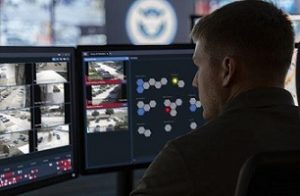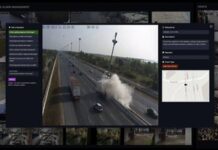
The newest addition to the Motorola video security and analytics portfolio is the Avigilon Control Center (ACC) 7.6, the company’s latest video management software release, enabling enterprise customers to better monitor their facilities through new AI-powered facial recognition features and analytics.
The introduction of this technology is a part of Motorola Solutions’ ongoing commitment to creating state-of-the-art solutions that address enterprise safety needs while safeguarding individual privacy rights and enforcing the responsible use of analytics and data management. In keeping with this commitment, the new video management capabilities in ACC 7.6 include robust controls to govern the retention and accessibility of watch list data, the ability to create and manage multiple watch lists from within ACC and the option to upload reference images to a watch list.
These features are built into the solution natively, meaning that the technology is developed and owned by Motorola Solutions as opposed to a third-party vendor. In addition, the new facial recognition capabilities do not make consequential decisions or initiate actions on their own. The data that are entered and saved in the watch lists are managed and maintained by the enterprise customers employing the technology.
For example, with the heightened vigilance across school campuses, district officials are able to employ the technology to ensure that anyone deemed a threat to the students and staff on campus has their photo added to the system. When there is a face match made against the watch list, the school’s security operators receive a notification so that they can take proactive measures to assess the situation and ensure the safety of students and staff.
In addition to new watch list and facial recognition capabilities, ACC 7.6 features Unusual Activity Detection analytics that provide site-wide intelligence with the ability to recognise out-of-ordinary activity such as unusual speed of movement or location of people or vehicles. This edge-based intelligence distinguishes between typical and abnormal events by continuously learning what usual activity might be for a scene over time. For example, if there is an individual running through a crowded mall, a security guard could be alerted in Focus of Attention to locate where the individual is and take measures to understand the situation.











